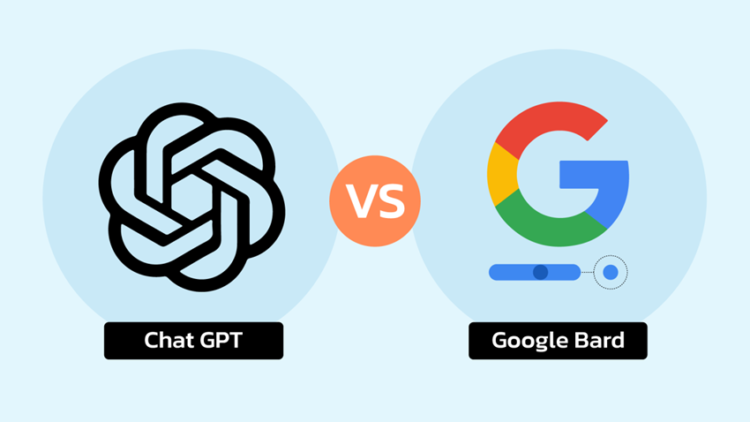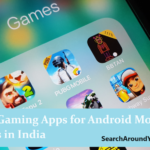In the fast-paced world of artificial intelligence, language models have become indispensable tools for various applications. Two prominent players in this arena are Google Bard and ChatGPT. These sophisticated AI language models have garnered attention for their ability to generate human-like text, but what sets them apart? In this blog post, we’ll delve into the intricacies of Google Bard and ChatGPT, comparing their features, capabilities, and potential use cases.
Understanding Google Bard:
Google Bard is Google’s foray into the realm of natural language processing. Powered by advanced machine learning algorithms, Bard is designed to comprehend and generate coherent text based on user inputs. Its development is part of Google’s ongoing efforts to enhance user experiences across a multitude of platforms, from search engines to virtual assistants.
Key Features of Google Bard:
- Knowledge Integration: Google Bard is adept at integrating information from various sources, providing users with contextually relevant responses. Its ability to access and analyze vast amounts of data contributes to the accuracy and depth of its responses.
- Multilingual Capabilities: One notable feature of Google Bard is its support for multiple languages. This makes it a versatile tool for users around the world, enabling seamless communication in diverse linguistic contexts.
- Customization Options: Google Bard allows developers to fine-tune the model to suit specific applications. This level of customization makes it adaptable for a wide range of industries, from customer service to content generation.
Understanding ChatGPT:
ChatGPT, developed by OpenAI, is part of the GPT (Generative Pre-trained Transformer) family. It follows a transformer-based architecture, leveraging a vast amount of pre-existing data to understand and generate human-like text. ChatGPT has gained popularity for its versatility and ease of integration into various applications.
Key Features of ChatGPT:
- Generative Text Output: ChatGPT excels at generating coherent and contextually relevant text based on user inputs. Its natural language understanding and generation capabilities make it suitable for applications like chatbots, content creation, and more.
- Fine-Tuning Possibilities: OpenAI has provided users with the option to fine-tune ChatGPT for specific tasks, allowing developers to tailor the model’s behavior for their particular use case. This flexibility enhances its applicability in a variety of scenarios.
- OpenAI API: ChatGPT is available through the OpenAI API, making it accessible to developers for integration into their own applications. This ease of access has contributed to the widespread adoption of ChatGPT in the development community.
Comparative Analysis:
- Training Data and Sources: Google Bard relies on Google’s extensive dataset and knowledge base, while ChatGPT is trained on a diverse range of internet text. The differences in training data contribute to variations in the models’ responses and information retrieval capabilities.
- Customization and Fine-Tuning: While both models offer customization options, the extent to which developers can fine-tune the models varies. Google Bard provides customization for specific applications, while ChatGPT allows for more granular fine-tuning, enabling developers to achieve precise behavior.
- Application Focus: Google Bard is positioned as a versatile language model for various Google services, emphasizing information retrieval and contextual understanding. In contrast, ChatGPT has found popularity in conversational AI applications and content generation.
Conclusion:
In the evolving landscape of AI language models, both Google Bard and ChatGPT offer unique features and capabilities. The choice between them depends on specific use cases, customization requirements, and the nature of the applications developers aim to build. As technology advances, these models are likely to undergo further enhancements, pushing the boundaries of what is possible in natural language processing. Whether you opt for the extensive knowledge integration of Google Bard or the generative text capabilities of ChatGPT, both models represent significant strides in the field of artificial intelligence.












